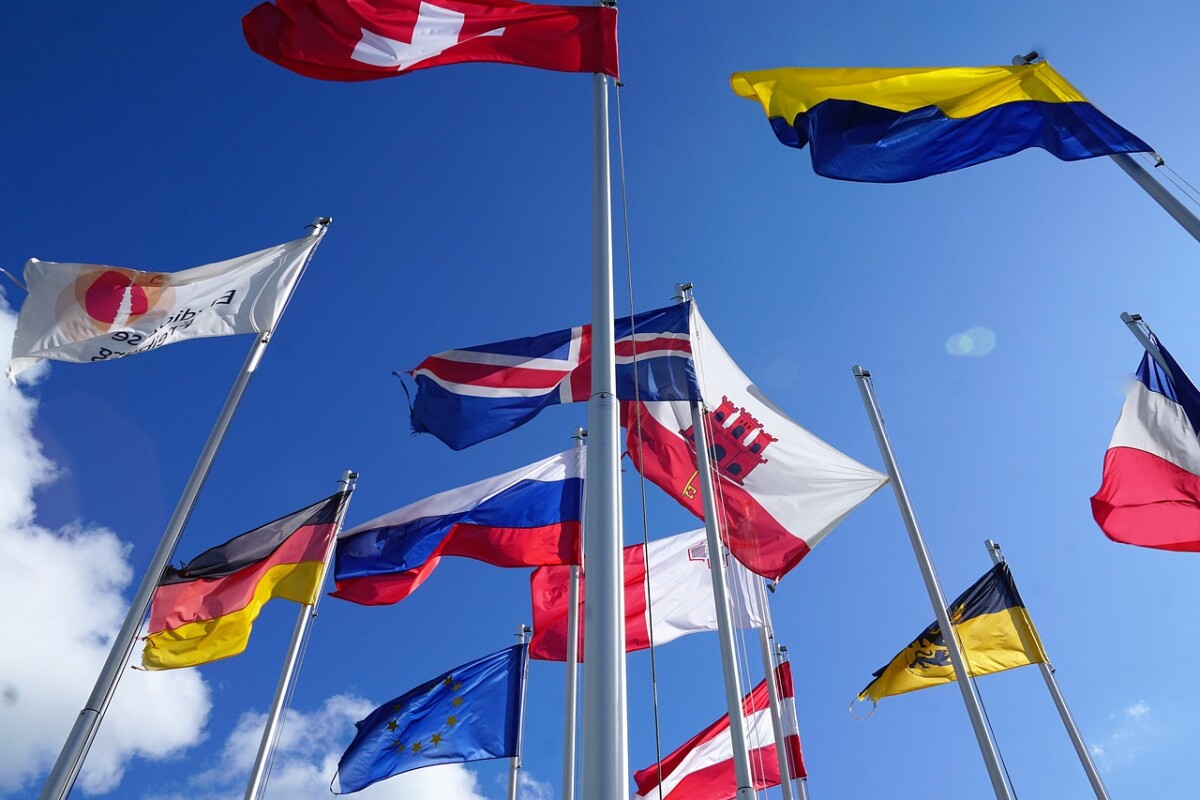Is it Worth it to File for Both U.S. and International Patents?

Today’s global economy might make you believe you need to protect your ideas with both US and international patents, but it’s important to understand a few key considerations before you make that decision. First, we should explain that there is no such thing as an “international” patent that would protect your idea globally. You may have heard about a WIPO (World Intellectual Property Organization) or PCT (Patent Cooperation Treaty) application, but this is just a placeholder which allows you to later initiate a patent application for multiple countries at one time. While this is nice and buys you 30 months of time from your priority date, you will still be required to pursue your patent with each individual country where you elect to seek protection at that time. That means you will incur separate attorney’s fees, translation costs and additional application fees as well as annuities for each country, which can be very expensive.
The first question to ask yourself is, “Where is my market?” If the product or idea you are protecting will be solely or primarily used in the U.S., then protecting that idea in other countries may not be necessary. Doing a cost benefit analysis to determine the percentage of revenue likely to come from foreign markets will help you decide whether it is worth it to pursue patents overseas.
You also need to consider the differences in the patent application process between the U.S., Europe, and Asia and the challenges that might arise. In general, Europe will rely on research done during the U.S. review process, but Asian countries will not. There may be differences between how countries view prior art; one country might take a stricter view of the applicability of a piece of prior art than another. You might find your patent is granted in the U.S. but rejected somewhere else, even when both countries are looking at the same prior art examples. There are also complicated timing implications and deadlines to manage. If you decide to start with a USPTO application, you have 12 months from your initial U.S. priority date to file a PCT application, and 30 months to decide where to file country specific applications based on this placeholder.
It is always good advice to consult a patent attorney with experience filing both in the U.S. and overseas. They can help breakdown the costs associated with pursuing protections in multiple countries. The more you can do to understand the market potential of your idea, whether that is by engaging directly with potential partners in foreign or international companies, or commissioning your own market research, the easier it will be to decide whether international patents will be worth it for you.
